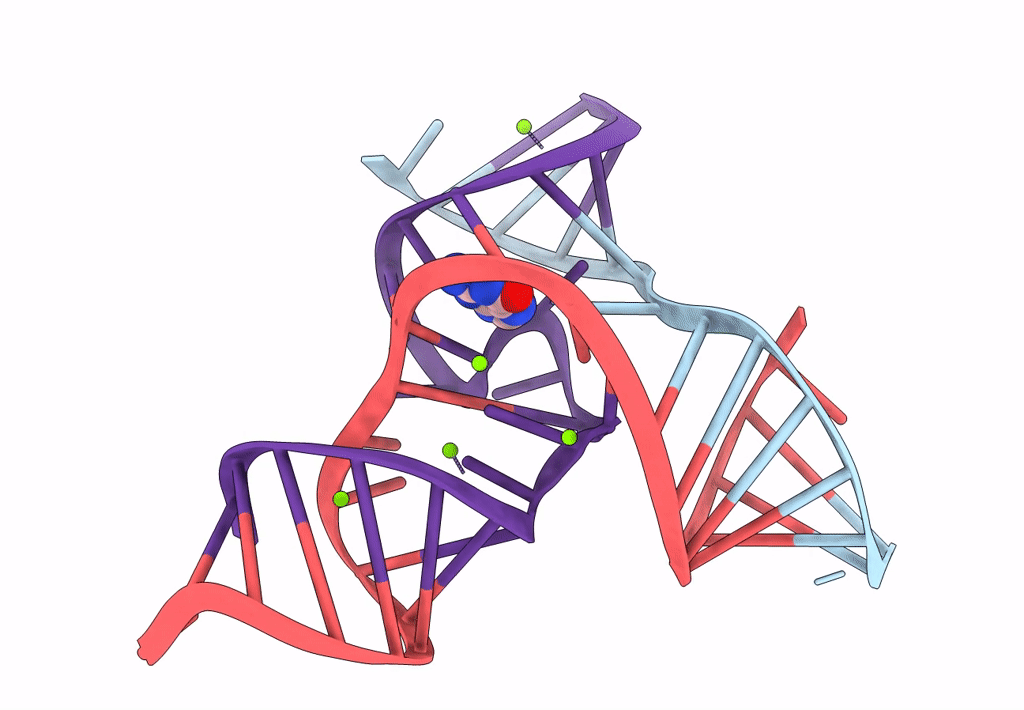
Deposition Date
2021-11-09
Release Date
2022-03-23
Last Version Date
2024-01-31
Entry Detail
PDB ID:
7Q81
Keywords:
Title:
Crystal structure of the methyltransferase-ribozyme 1, 2'-Selenomethyl-Uridine modified (with 1-methyl-adenosine)
Biological Source:
Source Organism:
synthetic construct (Taxon ID: 32630)
Method Details:
Experimental Method:
Resolution:
2.85 Å
R-Value Free:
0.21
R-Value Work:
0.18
R-Value Observed:
0.18
Space Group:
P 41 21 2


